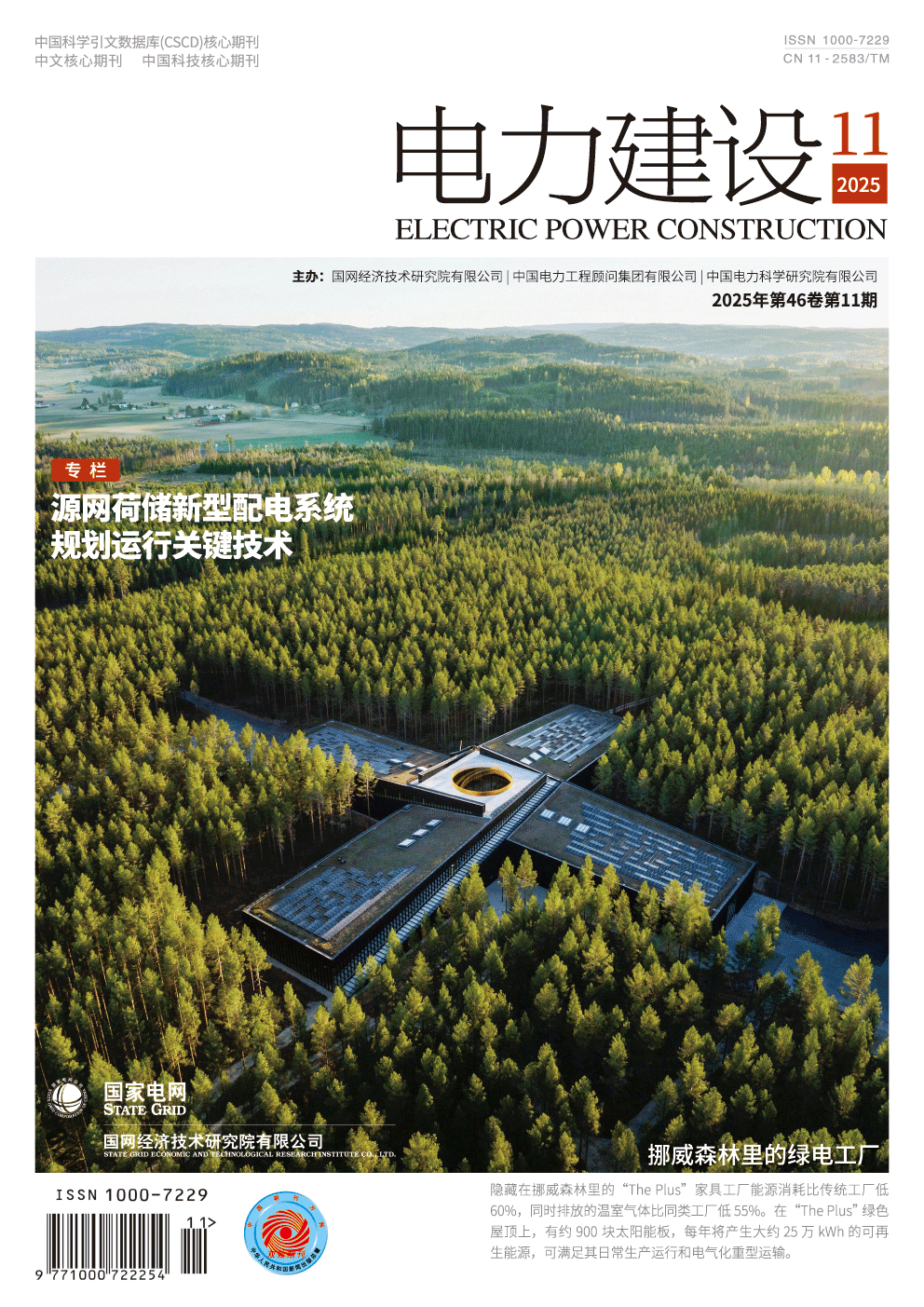
Chinese Science Citation Database
Chinese Core Journals
Source Journal for Chinese Scientific and Technical Papers and Citations
ISSN 1000-7229 CN 11-2583/TM
Chinese Core Journals
Source Journal for Chinese Scientific and Technical Papers and Citations
ISSN 1000-7229 CN 11-2583/TM

 Author Login
Author Login Peer Review
Peer Review





